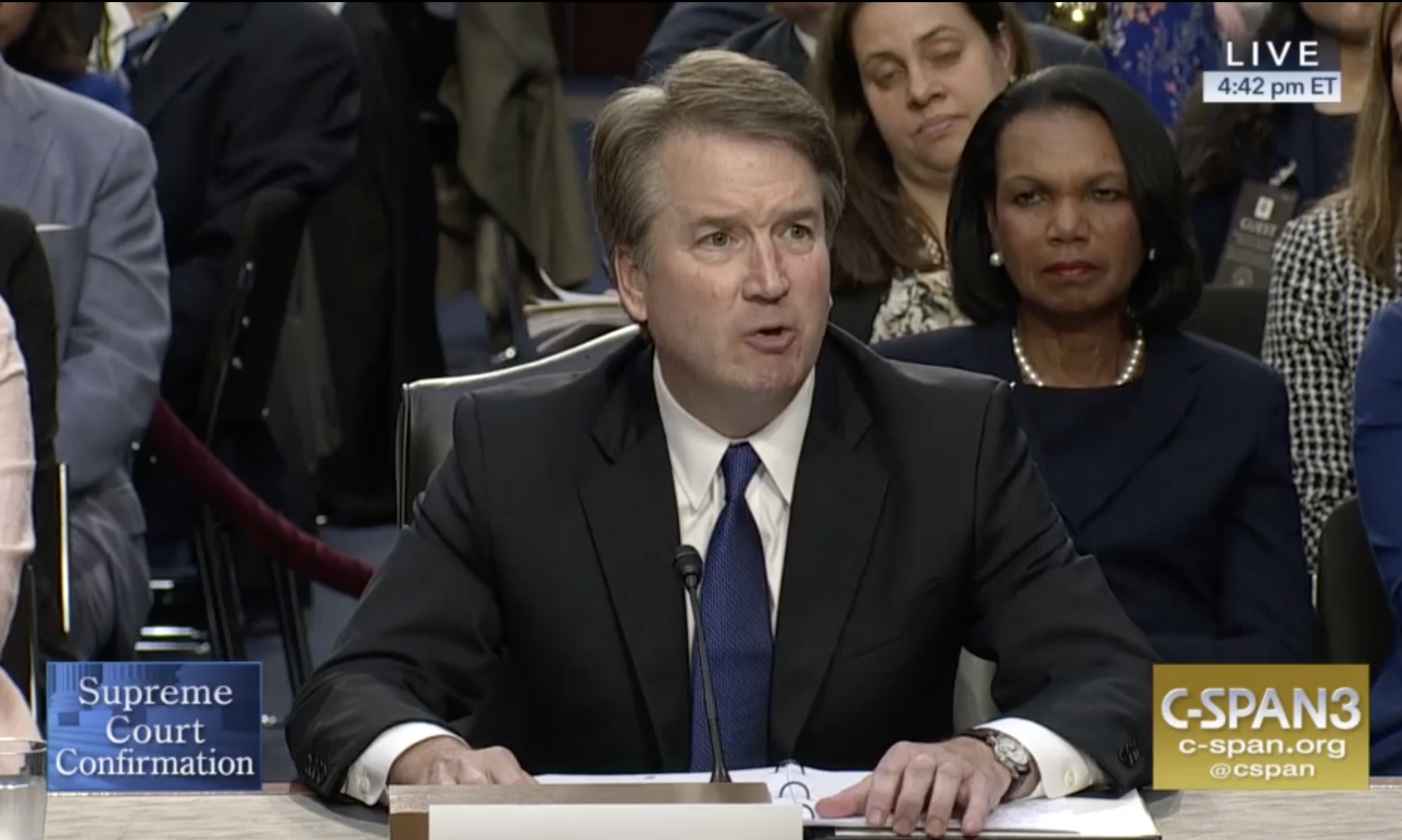By Bill Britt
Alabama Political Reporter
In mid-May, the Alabama Political Reporter published an account of how then-Lt. Gov. Kay Ivey’s chief of staff tried to cover up her stay in a 2015 Colorado hospital after suffering stroke-like symptoms. Since the report, the Ivey Administration has given several different accounts of the events that occurred on April 2015. Rather than answering APR‘s questions directly, Governor Ivey and her staff have slowly trotted out contradictory explanations to friendly media.
When a political figure wants to avoid an unpleasant story or side-step the truth, they do the following:
—First, deny.
—Next, change the answer to a question that wasn’t in the report.
—Then, omit a fact or two.
—Finally, they admit to portions of the report, but in a manner that muddies the original story.
On May 17th, APR sent Governor Ivey a list of questions concerning her hospitalization in 2015. Some eight-hours later, the Administration said they would look into it. We have yet to receive an answer.
Our report said Ivey was admitted to a Colorado hospital after suffering “stroke-like” symptoms. Our sources, who had direct knowledge of the events, agreed that the reports received from Colorado at the time of the incident stated Ivey suffered a series of Transient Ischemic Attacks (TIAs), which are often referred to as “mini-strokes.” According to the report’s sources, Ivey’s Chief of Staff Steve Pelham told her Security Officer Thomas Andrew “Drew” Brooks not to repeat what happened in Colorado, and was transferred as a result of informing his superiors. The account also stated that Ivey was in the hospital for four days.
Ivey’s staff and the Governor herself have said she didn’t have a stroke. Never once did APR or its high-placed sources say that Ivey had a stroke.
Why deny a stroke when we never said she had one?
After APR’s story broke Ivey’s spokesperson Eileen Jones told al.com’s Leada Gore, “Did she get checked out at a hospital when at the conference? Yes. Did she have a stroke? No. Was she in the hospital 4 days? No.”
Jones said Ivey was stricken with “altitude sickness,” not a stroke. Jones also said she was not in the hospital for four days. However, later, Ivey herself would confirm she was hospitalized for three days.
Technically, Jones didn’t lie, only misled, when she said Ivey was not in the hospital for four days. Why would Jones, a respected news reporter, answer the question in such a way as to hide the truth by omitting Ivey was in the hospital three days, and not four?
Was Jones lied to, and if so, by whom? Did Jones purposefully omit the fact that it was three days, and not four, and if so, why?
Jones’ answer to Gore, “Was she in the hospital four days?” “No.”
Her answer is correct, but it leaves the reader with the impression that APR‘s story is false. When the State’s Lt. Governor is kept in the hospital for three days, is it less important than if she were hospitalized for four days?
In an interview with al.com’s Mike Cason, Ivey said she didn’t have a stroke, but again, we never said she had one, so why keep bring up the issue?
APR also reported that not only did Pelham work to hide what happened in Colorado, he told Officer Brooks not to report the events of April 2015 to his superiors.
In a separate story, Pelham told al.com that APR‘s report was not true, and that “There was no directive and there was no punishment of Officer Brooks.”
“No directive,” said Pelham. Do people actually issue ‘directives’ when ordering a cover-up? He further asserts that Brooks accompanied Ivey to a subsequent conference in LA as proof that Brooks was not dismissed. APR never claimed Brooks was immediately reassigned.
However, to double down on the cover-up of the cover-up, Ivey’s staff added ALEA into the mix. Robyn Bradley Bryan, a spokeswoman for ALEA, wrote in an email to Cason, “A short time later, when he learned there was a vacancy to run the Driver License District Office in Dothan, Cpl. Brooks requested a transfer. He wanted to be closer to home, and the position in Driver License was more conducive to family life.”
There is more to the Brooks story, and Pelham and the Governor know it, but that will be left for another report.
Ivey’s administration, after our first report, held a high-level conference including “Chief” Legal Counsel Bryan Taylor to discuss how to handle the fallout. It was concluded that Jones would issue a statement to a friendly reporter who wouldn’t ask “too many questions.” When that failed to slow the bleeding speculations, Ivey’s staff called on Cason. When the second story didn’t halt the chatter about Ivey’s health and the handling of the cover-up, Pelham and ALEA weighed-in.
Here’s what we know:
A benign story about Ivey’s health from 2015 caused her administration to lie by omission, then lie directly, even soliciting the State’s top law enforcement agency in its deception.
Is this simply an inept administration’s attempt to tamp-down an unflattering news story, or a corrupt enterprise’s efforts to deceive the public?
Gov. Ivey promised the people her administration would be open, honest and transparent. Why she chose to mislead the people and the press in this situation calls for her promise into question.
What are they hiding?
We will find out in time.


















































